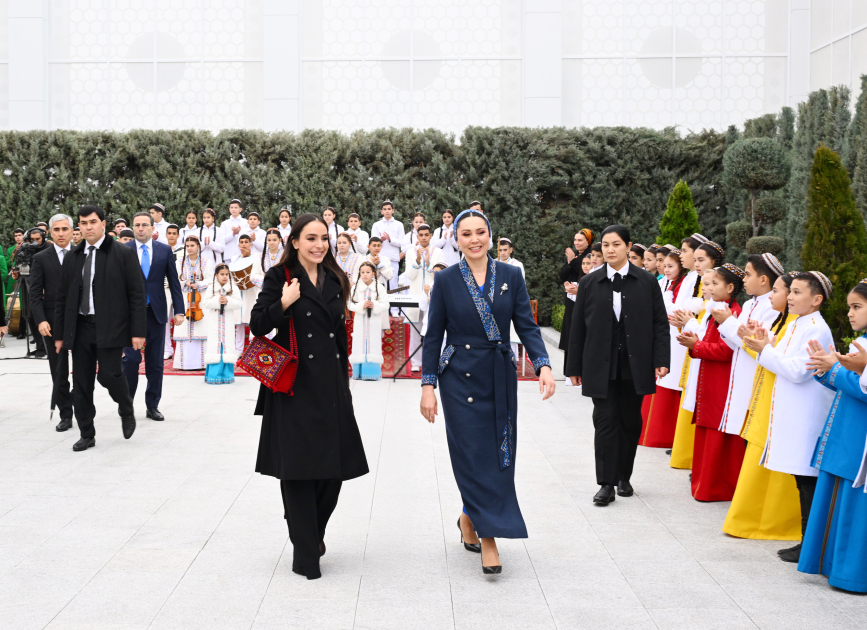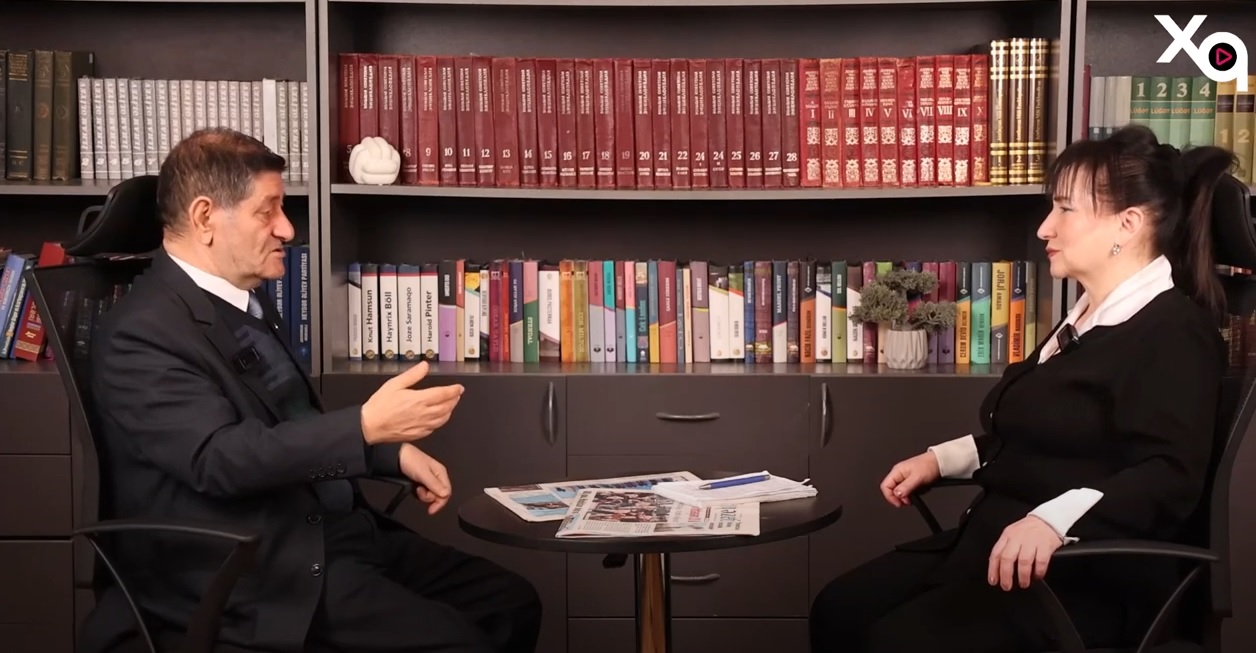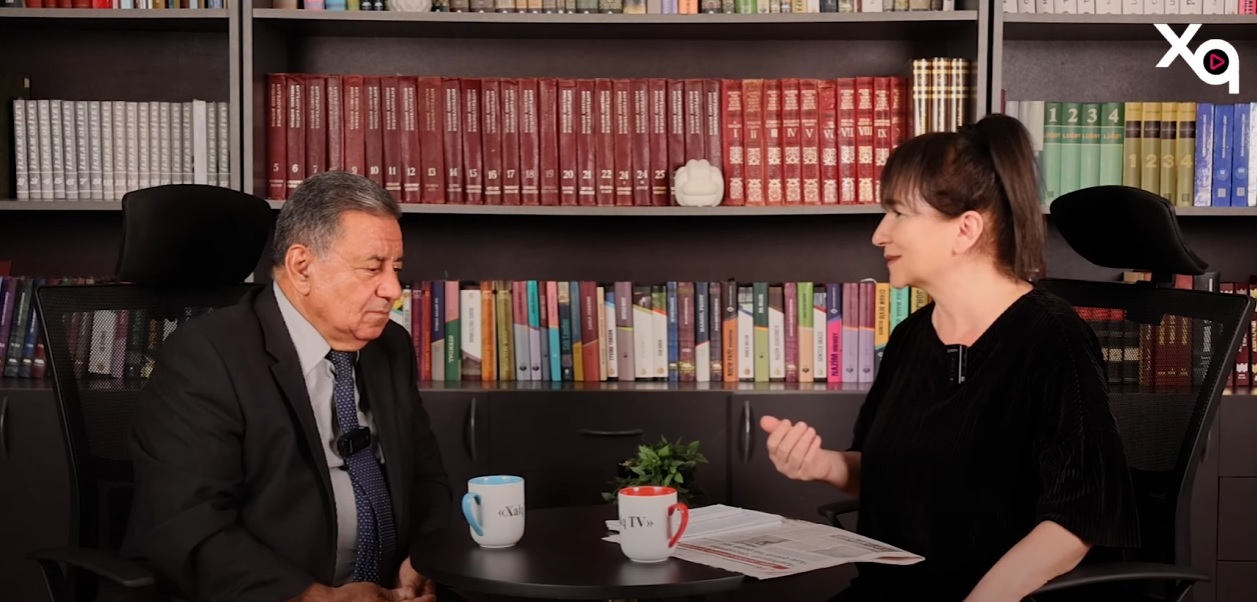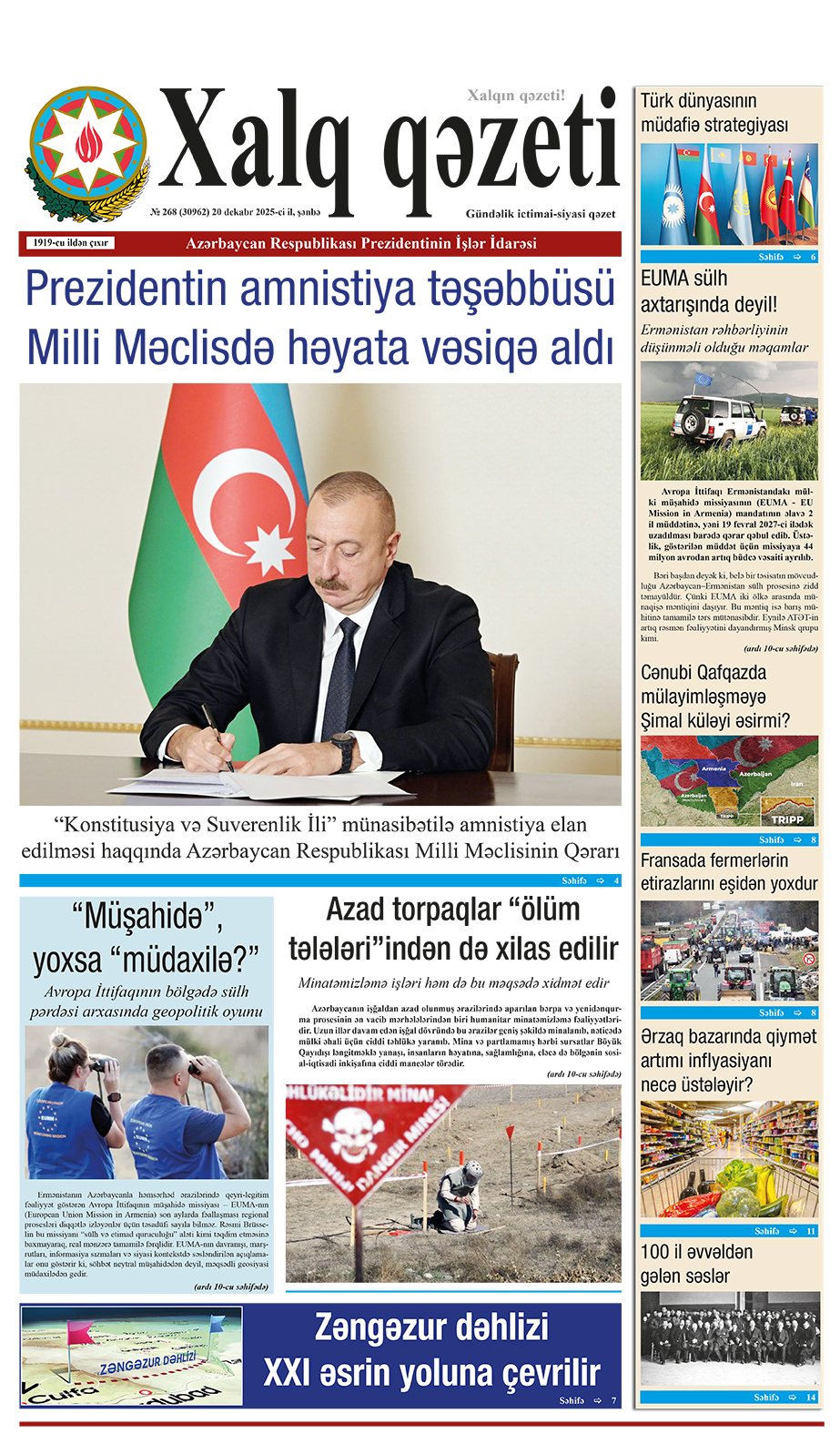ByJERUSALEM POST STAFF
The exact location of her grave had been forgotten, and it was not marked or provided with a gravestone.
On July 8, the State Office for Monument Preservation announced in Berlin that archaeologists working on the renovation of Schlosskirche Buch, a church in Berlin, have likely discovered the grave of Julie von Voß, the second wife of King Frederick William II of Prussia, after finding remains of a richly adorned wooden coffin from the late 18th century, as reported by Deutsche Welle.
The burial site measures 2.60 meters in length and 1.30 meters in width. In the rectangular, masonry and earth-filled crypt, archaeologists uncovered a well-preserved wooden coffin decorated with numerous gilded moldings and medallions. "The burial site provides us with valuable insights into an outstanding female burial at the end of the 18th century," said Sebastian Heber, as reported by Deutsche Welle.
Many arguments suggest that the discovered grave belongs to Countess Julie von Voß, who lived from July 24, 1766, to March 25, 1789. In 1783, von Voß became a lady-in-waiting to Queen Elisabeth Christine of Prussia. At the court, she met the future King Frederick William II of Prussia.
In 1787, King Frederick William II married von Voß as his second wife, with prior consultation from his first wife, Queen Frederica Louise of Prussia. In November of that year, she was appointed Countess of Ingenheim. Von Voß died on March 25, 1789, from tuberculosis, shortly after the birth of her son, Gustav Adolph.
She was buried at her own request in a single crypt in the church of Buch Castle, previously known only from written sources. The exact location of her grave had been forgotten, and it was not marked or provided with a gravestone. The recent discovery has brought to light the unmarked burial site.
"To be absolutely sure, the coffin would have to be opened and DNA tests performed on the skeleton," explained a spokeswoman for the State Monument Office, according to n-tv. However, to avoid disturbing the grave and causing further damage to the fragile coffin, the grave and the crypt will be secured and sealed again in their original location.
Von Voß was buried with adornments and jewels, despite not having been a queen. The discovery of her ornate coffin and the burial site provides a glimpse into the funerary customs for high-ranking individuals in the late 18th century.
King Frederick William II of Prussia reigned from 1744 to 1797. Queen Frederica Louise of Prussia lived from 1769 to 1797. Queen Elisabeth Christine of Prussia lived from 1715 to 1797.
"The ornate coffin and its neoclassical decoration indicate a high-ranking personality," officials noted. The findings contribute to the understanding of burial traditions and the social status of women in the Prussian court at the end of the 18th century.


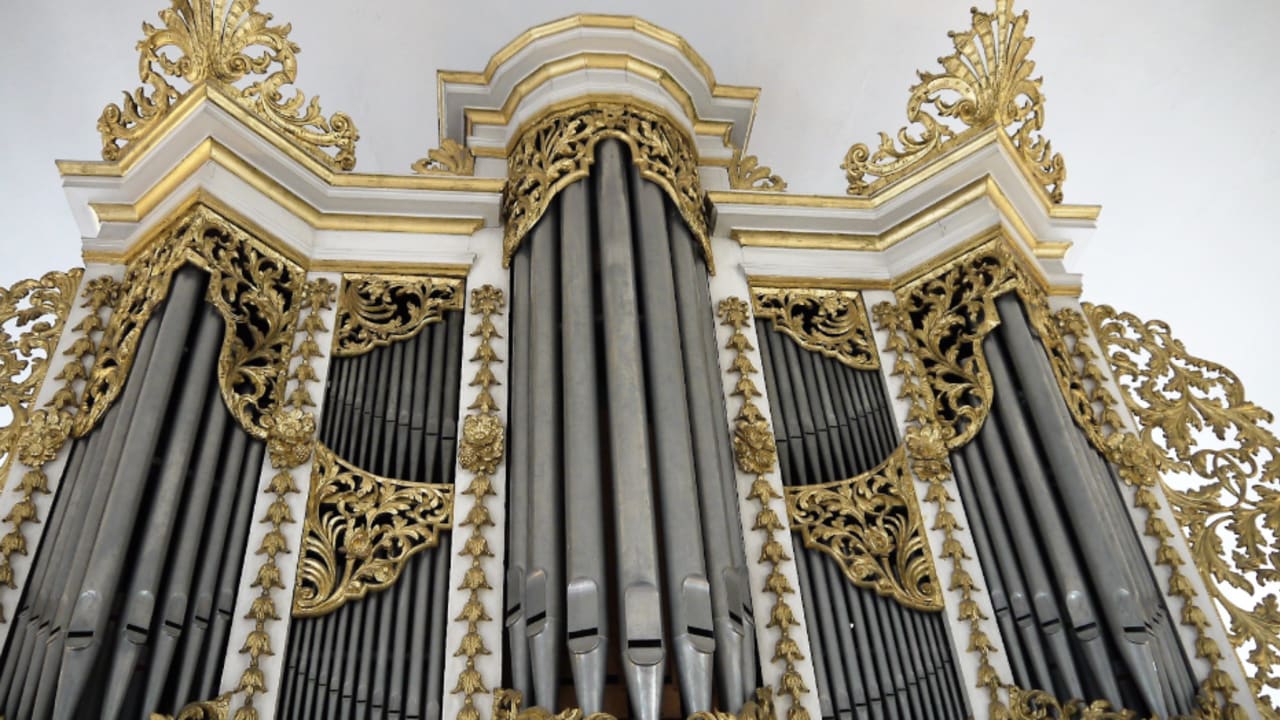


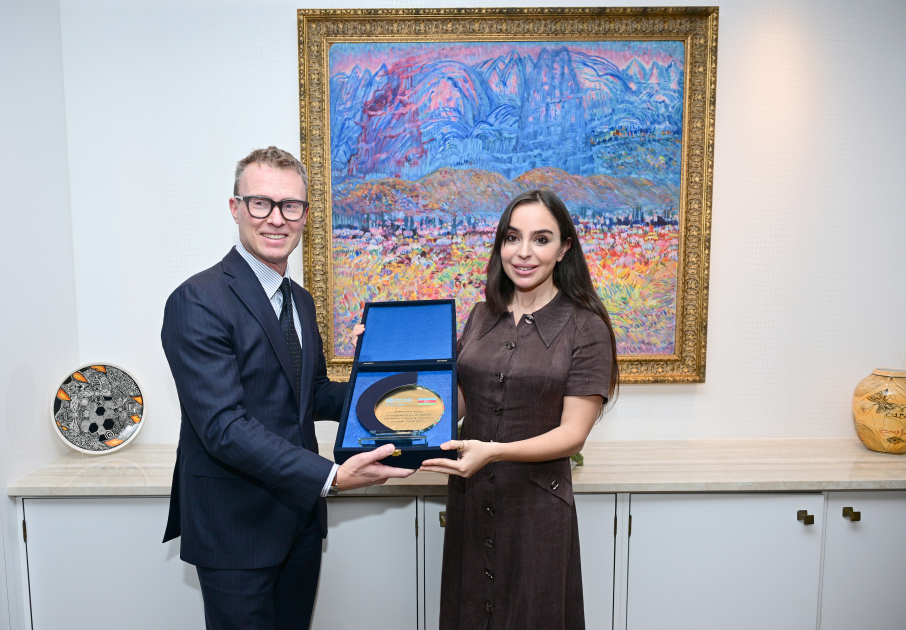

.png)



